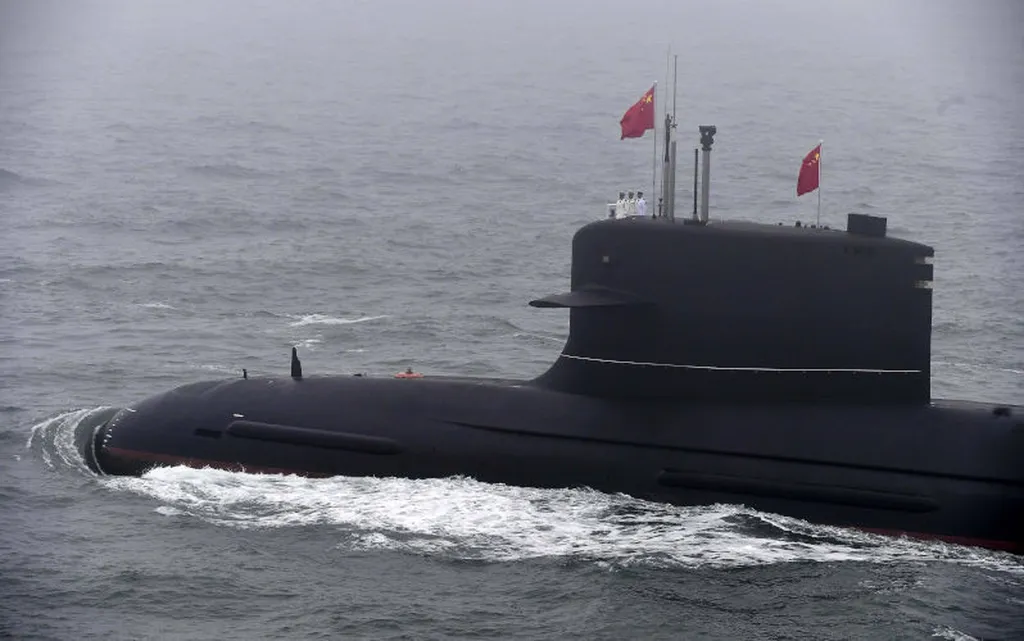Australia’s AUKUS submarine program, a cornerstone of the nation’s defence strategy, now faces an existential question: Is it preparing for the last war rather than the next one? As drones and quantum sensors redefine modern warfare, the costly investment in stealth submarines risks becoming obsolete before the first vessel even enters service.
The war in Ukraine has exposed the seismic shift in military tactics, where cheap, adaptable drones have rendered traditional advantages like heavy armour and massed troops vulnerable. The battlefield has transformed into a network of eyes and weapons, where every movement risks detection. The front lines are no longer static but fluid, with drones dictating the pace and outcome of engagements. This new reality challenges the very foundations of Australia’s defence strategy, which has long relied on stealth and undersea dominance.
The AUKUS partnership, centred on nuclear-powered submarines, is built on the premise of invisibility—a principle that may soon be obsolete. Advances in drone and quantum sensing technologies are rapidly undermining the assumptions that make stealth viable. High-altitude and satellite-linked drones, equipped with synthetic aperture radar and infrared sensing, can already scan vast ocean areas, detecting subtle anomalies like heat signatures or wake patterns left by submarines. More alarmingly, China, the United States, and several European nations are investing heavily in quantum radar and quantum magnetometers, systems theoretically capable of detecting even the smallest magnetic fluctuations caused by metallic hulls or reactor emissions, from orbit.
If these technologies mature as expected, the oceans—once the ultimate hiding place—could become increasingly transparent. This raises a critical question: What happens when Australia’s planned nuclear submarine fleet, projected to cost between $268 billion and $368 billion over the next 30 years, is rendered vulnerable before the first vessel is even delivered? The first Australian-built submarines are not expected to enter service until the 2040s, possibly later. By then, the technological landscape could have shifted dramatically, leaving Australia with one of the most expensive targets rather than a capable deterrent.
The lesson from Ukraine is not just about drones themselves, but about how rapidly technology can shift the balance of power. What looks cutting-edge one year can become vulnerable the next. Drones have democratised warfare, making it cheaper, faster, and harder to dominate. By contrast, AUKUS locks Australia into one of the most capital-intensive defence projects in history, based on technologies that may not be survivable in the 2040s.
Instead of betting everything on AUKUS hardware, Australia would be better served by investing in flexible, rapidly scalable technologies—unmanned underwater vehicles, autonomous surface drones, quantum communication networks, and domestic AI research for defensive applications. These tools can be deployed and upgraded at a fraction of the cost of nuclear submarines. Moreover, Australia’s security challenges are regional, not global. Drone warfare, electronic interference, and cyber disruption are far more likely threats in our immediate neighbourhood—from the South China Sea to the Pacific—than nuclear-powered fleet confrontations.
A balanced defence posture should reflect that reality. The future of warfare will belong not to the biggest machines, but to the smallest and smartest networks. Drones, satellites, and quantum sensors are already rewriting the rules of strategy. Australia would do well to read those rules before they are written for us.
As Vince Hooper, professor of finance and discipline head at SP Jain School of Global Management, aptly puts it, “In the age of drones and quantum sensing, invisibility is a myth. Every army, navy, and air force will soon operate under a permanent digital gaze. If AUKUS ties Australia to a stealth doctrine that no longer holds, we may find ourselves with the world’s most expensive targets—not its most capable deterrents.” The time to adapt is now, before the next war redefines the battlefield yet again.

